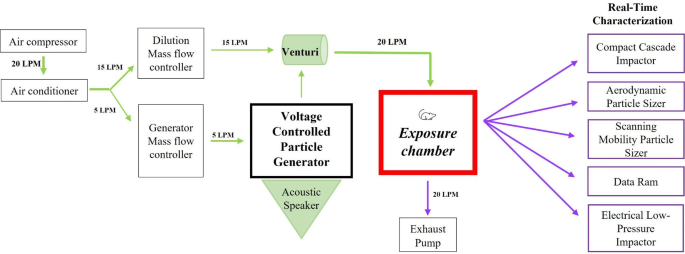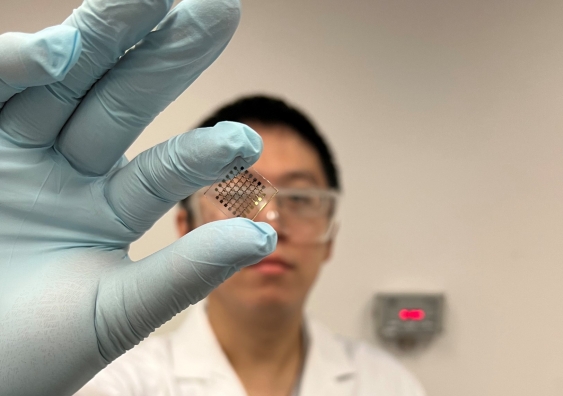2023-04-25 ラトガース大学
今回の研究は、MNPsを吸入させる方法に革新があり、これによって、実際の曝露状況をより正確に再現することができるとされた。プラスチックの影響による内分泌攪乱物質については、化学添加物については以前から研究が進められていたが、今回はプラスチック自体による影響に着目した初めての研究となっている。
<関連情報>
- https://www.rutgers.edu/news/plastic-particles-themselves-not-just-chemical-additives-can-alter-sex-hormones
- https://particleandfibretoxicology.biomedcentral.com/articles/10.1186/s12989-023-00525-x
ポリアミドマイクロ粒子およびナノプラスチック粒子の単回吸入暴露は、処女雌Sprague Dawleyラットの肺の炎症を発生させずに血管拡張を障害する。 Single inhalation exposure to polyamide micro and nanoplastic particles impairs vascular dilation without generating pulmonary inflammation in virgin female Sprague Dawley rats
Chelsea M Cary,Talia N Seymore,Dilpreet Singh,Kinal N Vayas,Michael J Goedken,Samantha Adams,Marianne Polunas,Vasanthi R Sunil,Debra L Laskin,Philip Demokritou & Phoebe A Stapleton
Particle and Fibre Toxicology Published:23 April 2023
DOI:https://doi.org/10.1186/s12989-023-00525-x

Abstract
Background
Exposure to micro- and nanoplastic particles (MNPs) in humans is being identified in both the indoor and outdoor environment. Detection of these materials in the air has made inhalation exposure to MNPs a major cause for concern. One type of plastic polymer found in indoor and outdoor settings is polyamide, often referred to as nylon. Inhalation of combustion-derived, metallic, and carbonaceous aerosols generate pulmonary inflammation, cardiovascular dysfunction, and systemic inflammation. Additionally, due to the additives present in plastics, MNPs may act as endocrine disruptors. Currently there is limited knowledge on potential health effects caused by polyamide or general MNP inhalation.
Objective
The purpose of this study is to assess the toxicological consequences of a single inhalation exposure of female rats to polyamide MNP during estrus by means of aerosolization of MNP.
Methods
Bulk polyamide powder (i.e., nylon) served as a representative MNP. Polyamide aerosolization was characterized using particle sizers, cascade impactors, and aerosol samplers. Multiple-Path Particle Dosimetry (MPPD) modeling was used to evaluate pulmonary deposition of MNPs. Pulmonary inflammation was assessed by bronchoalveolar lavage (BAL) cell content and H&E-stained tissue sections. Mean arterial pressure (MAP), wire myography of the aorta and uterine artery, and pressure myography of the radial artery was used to assess cardiovascular function. Systemic inflammation and endocrine disruption were quantified by measurement of proinflammatory cytokines and reproductive hormones.
Results
Our aerosolization exposure platform was found to generate particles within the micro- and nano-size ranges (thereby constituting MNPs). Inhaled particles were predicted to deposit in all regions of the lung; no overt pulmonary inflammation was observed. Conversely, increased blood pressure and impaired dilation in the uterine vasculature was noted while aortic vascular reactivity was unaffected. Inhalation of MNPs resulted in systemic inflammation as measured by increased plasma levels of IL-6. Decreased levels of 17β-estradiol were also observed suggesting that MNPs have endocrine disrupting activity.
Conclusions
These data demonstrate aerosolization of MNPs in our inhalation exposure platform. Inhaled MNP aerosols were found to alter inflammatory, cardiovascular, and endocrine activity. These novel findings will contribute to a better understanding of inhaled plastic particle toxicity.


